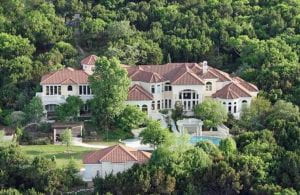 In the 1980’s, I played piano non-stop for corporations, grand openings, and big gala events.
In the 1980’s, I played piano non-stop for corporations, grand openings, and big gala events.
Everybody wanted a live pianist in a tux, and I was glad to oblige. High-end homes sprang up in West Austin at that time, and Rob Roy was the newest premiere gated private neighborhood community. A fund raiser for the March of Dimes was held at 65 Pascal Lane, a gorgeous huge 4 million dollar home, that was purchased by a corporation to hold lavish parties. 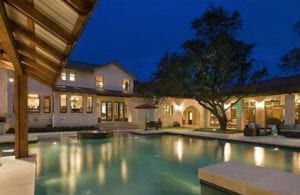
The night was pleasant… limos and evening gowns, good food, and pleasantries. Suddenly, all heads turned, and in stepped Beverly Sills. I didn’t know until years later, that Beverly was the National Chair of the March of Dimes’ Mothers’ March on Birth Defects, and helped to raise over $80 millions during her tenure.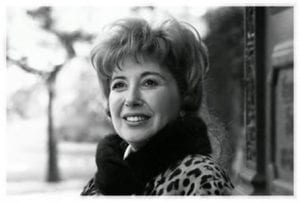
Everyone wanted to meet her, and the excitement was palatable. I was playing background jazz, and at these classy events I always play tunes with strong recognizability, like Gershwin, Harold Arlin, and Cole Porter. I noticed that Beverly Sills kept looking at me while she was chatting with people. She kept staring at me and smiling. I only knew her as the great operatic diva, so I thought she must just like piano. She came over and started a conversation with me. She liked my playing, and I told her that I worked with many jazz singers. She told me that she loved jazz, and used to sing in clubs when she was younger. I asked her if she wanted to sing a tune, and she said, “Yea! Let’s do it!”. We decided on 3 Gershwin tunes, “Summertime”, “Someone To Watch Over Me”, and “Our Love Is Here To Stay“. Everyone at the event stopped their conversations, took seats informally around us, to watch and listen to this impromptu concert.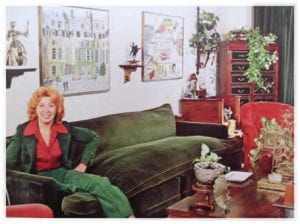
Beverly Sills never asked, and never told me what key to play. She just let me play the music, and she would sing. Do you know how remarkable that is? She could sing in any key, it didn’t matter. Her voice was like silver, always so natural (and jazzy!), and she was the consummate professional. She was wonderful, and a delight to watch. She naturally commanded everyone’s attention with not only her voice, but with her smile and persona. She gave me space musically to improvise and take a solo on all the tunes, too. With just eye contact she knew to come in on the bridge, and we had fun making up tag endings. I found out later that she had done TV shows, appearing with Frank Sinatra, Carol Burnett, Danny Kaye, and Ann Margaret.
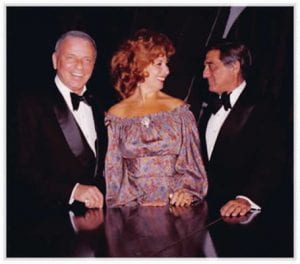
After our little concert, it was we were like old friends. I have always felt that after you play music with someone, you know a lot about them. If I play music with you, I know your name, and I know you forever. This was a very special and unforgettable evening. When Beverly was ready to go, she made a point of coming by once more to say how much fun that was. And I got a little kiss, too!
Thanks for the great night playing with you, Beverly!!



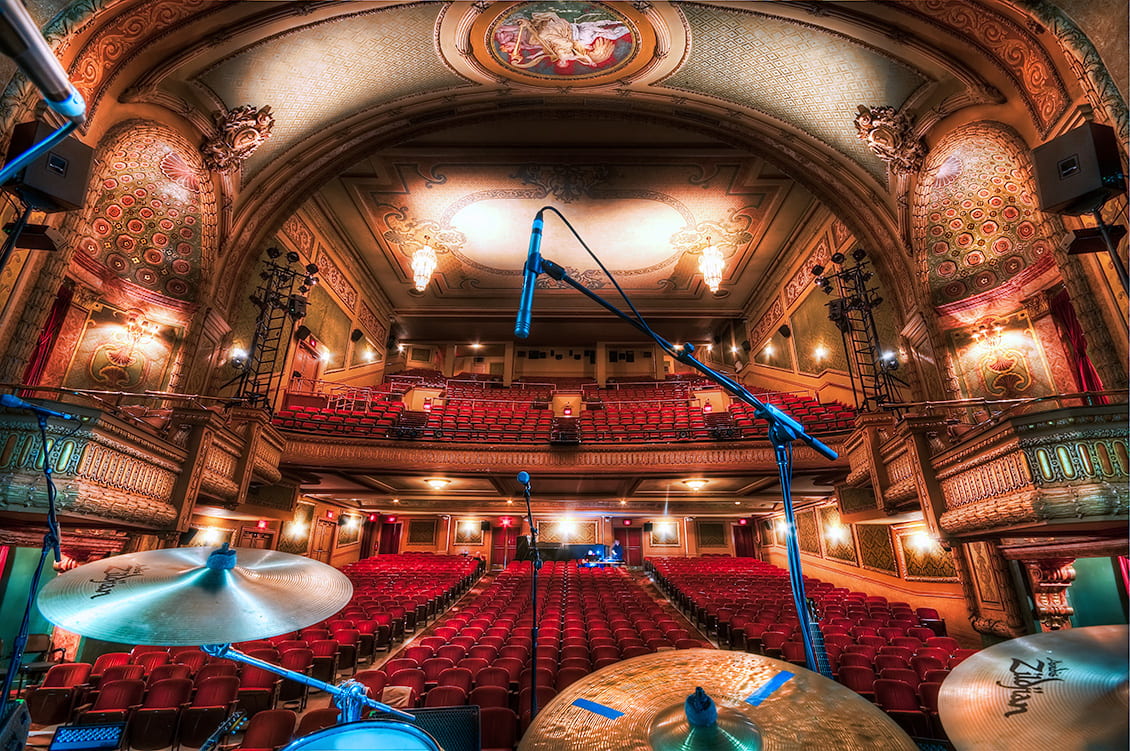 I was interviewed for an upcoming book about the Paramount Theatre’s 100 year anniversary.
I was interviewed for an upcoming book about the Paramount Theatre’s 100 year anniversary.
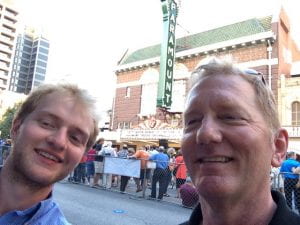
 FULL CIRCLE
FULL CIRCLE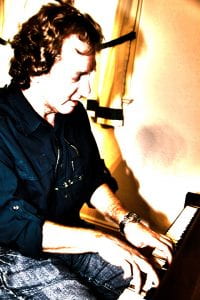
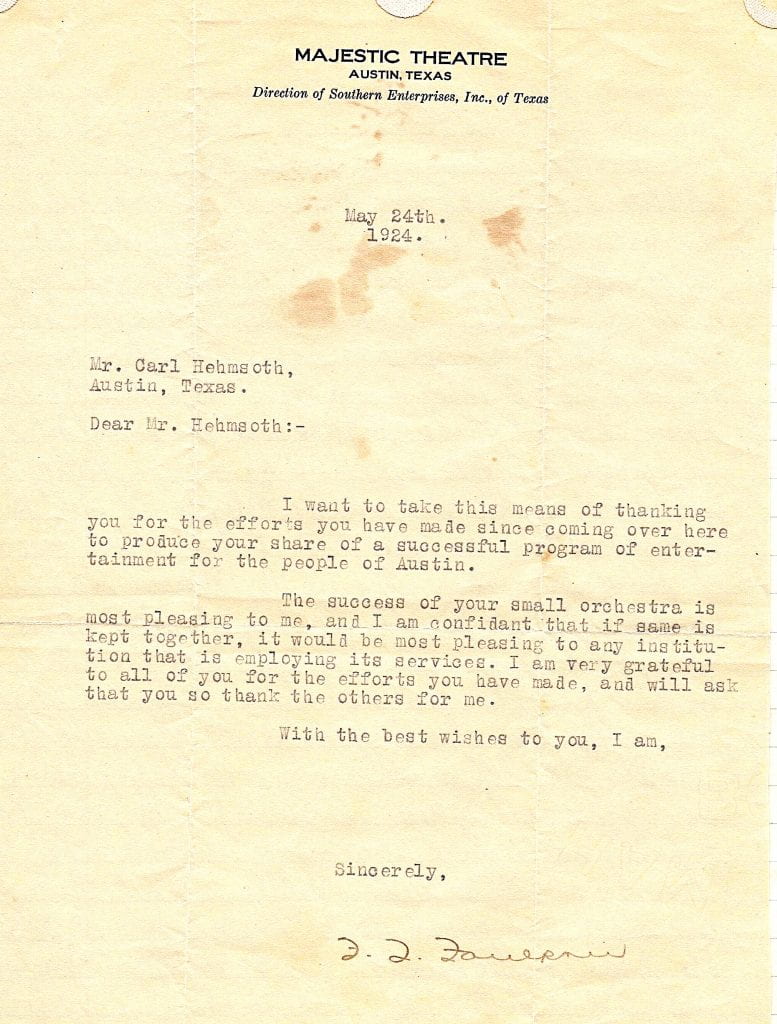

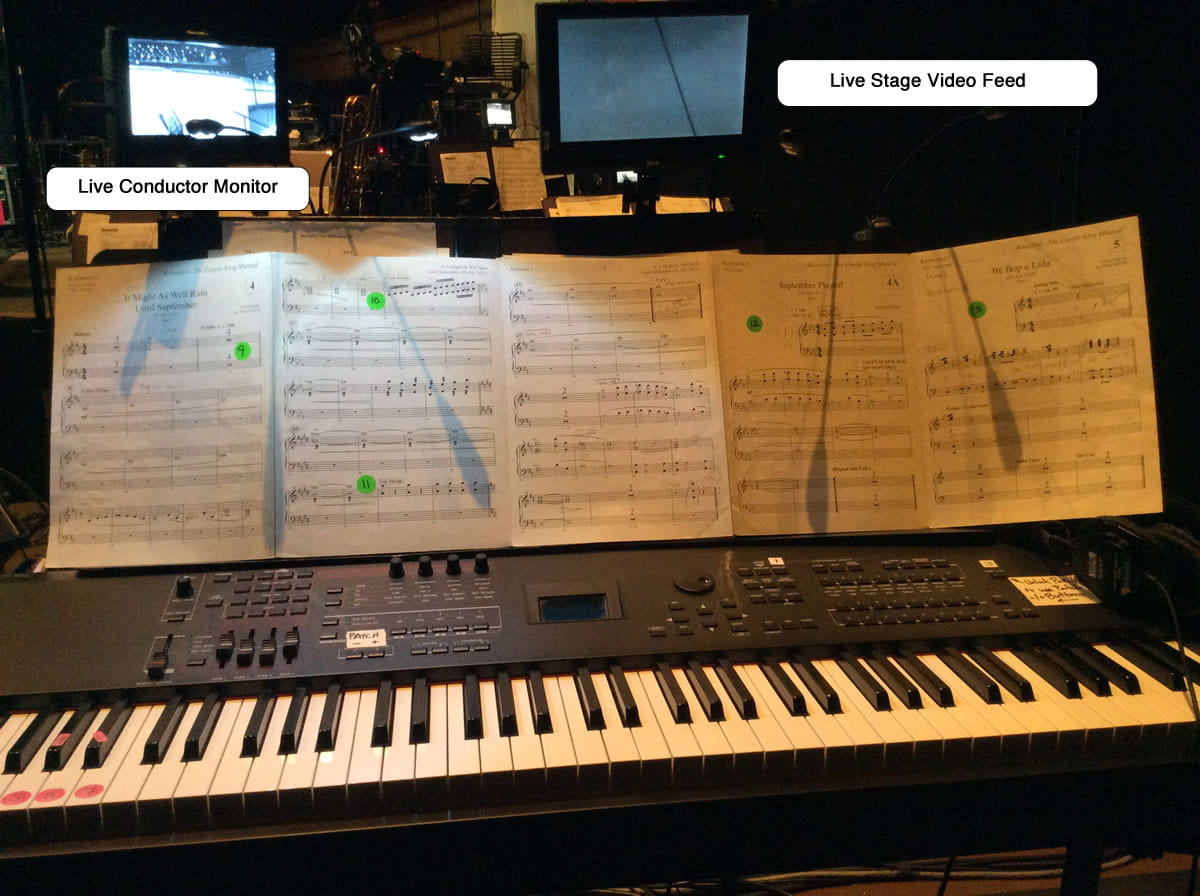


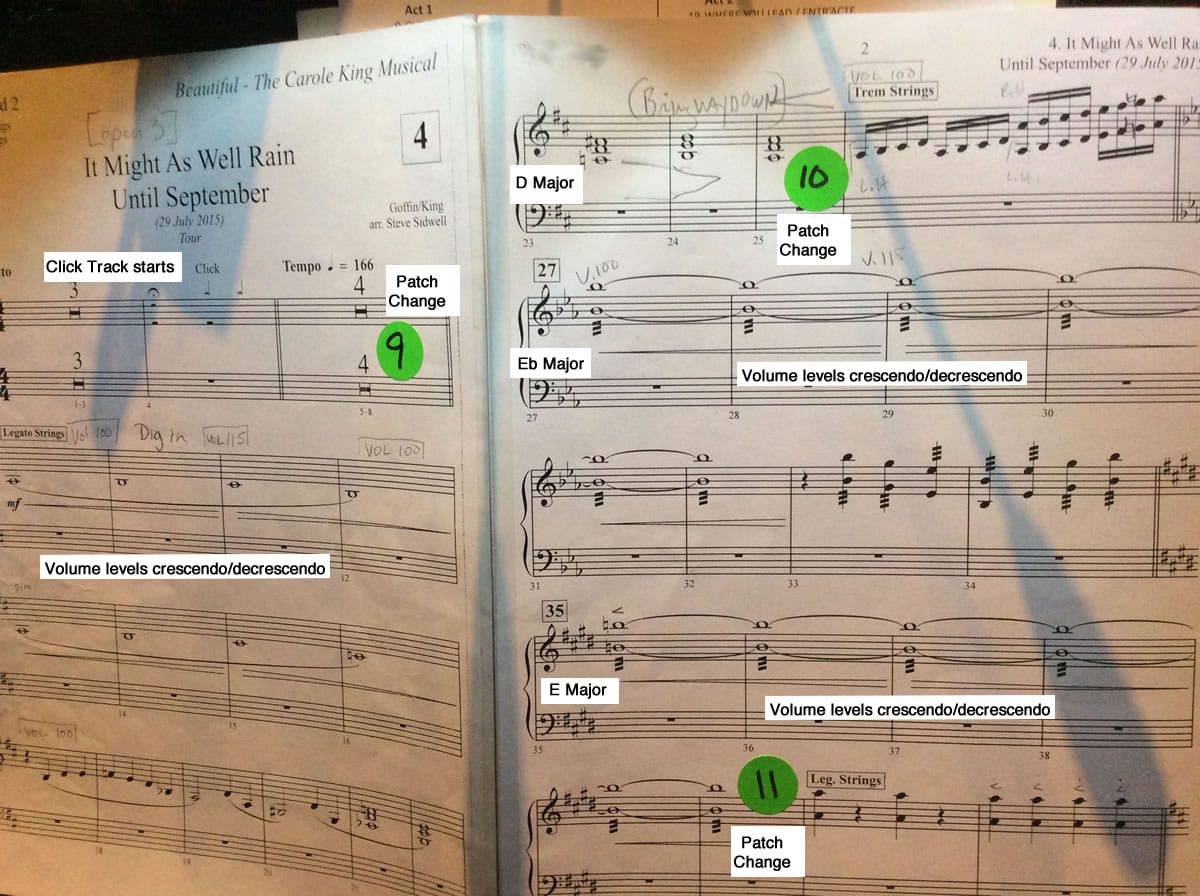 Charts are very clear about exact volume levels, and when there are Patch Changes, and Leslie switches, and keytouches. Beside being a pianist and playing the music, you need to be a good navigator of all the extra-musical instructions.
Charts are very clear about exact volume levels, and when there are Patch Changes, and Leslie switches, and keytouches. Beside being a pianist and playing the music, you need to be a good navigator of all the extra-musical instructions.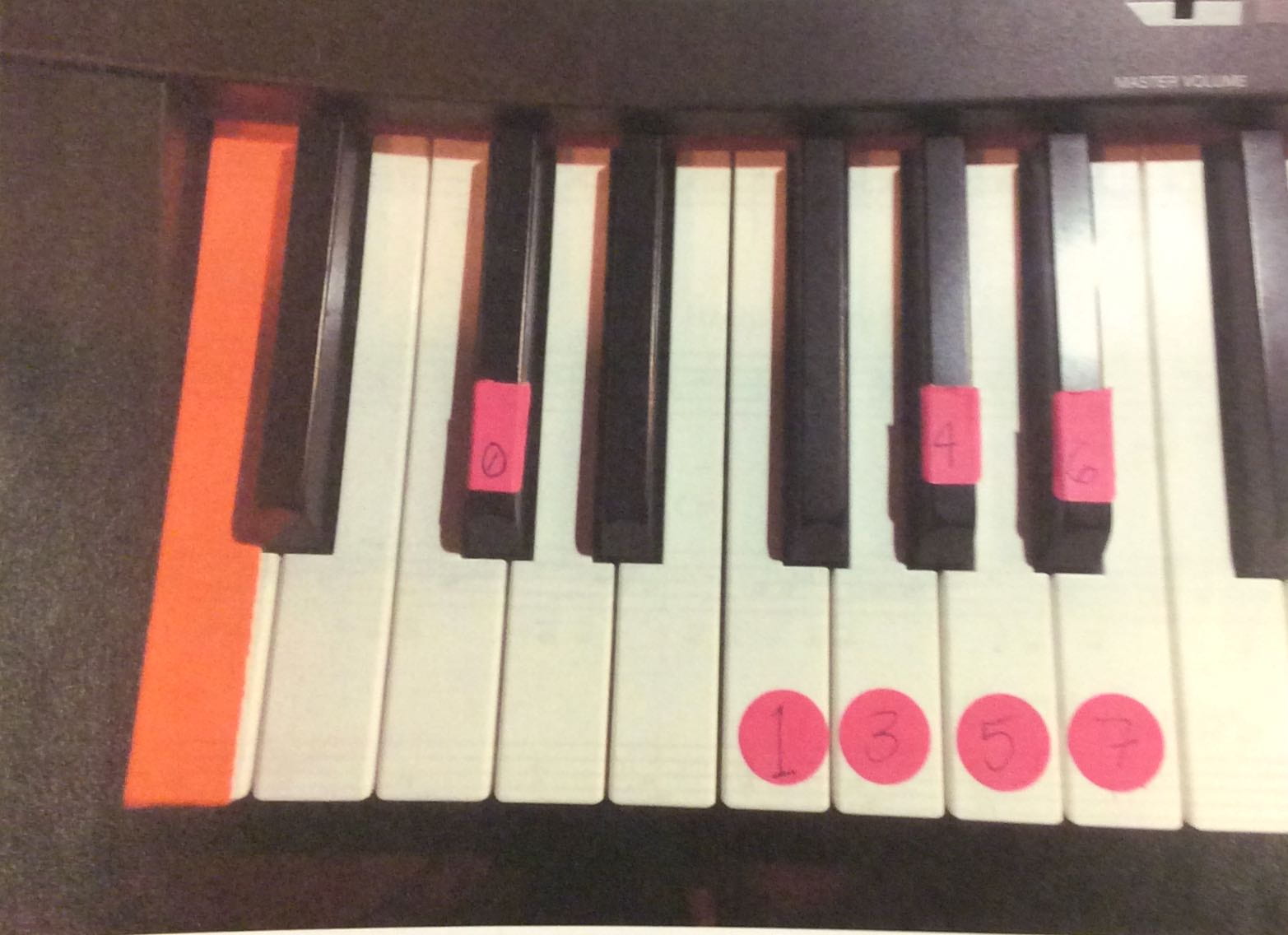 Special setups for organ sounds to be dirty, glassy, tonal envelopes can be switched by touching a key. The very bottom key is orange, and acts as a Panic Key, if some notes gets stuck and you can’t stop anything, this key will clear all patches and stuck notes. (It happens!)
Special setups for organ sounds to be dirty, glassy, tonal envelopes can be switched by touching a key. The very bottom key is orange, and acts as a Panic Key, if some notes gets stuck and you can’t stop anything, this key will clear all patches and stuck notes. (It happens!) MainStage controls all keyboard sounds in a sequence for the show. Footpedals move forward or backwards one step at a time. Volume pedal goes from 0-127 on the right. Organ Leslie switches on/off. and Sustain pedal, all are connected.
MainStage controls all keyboard sounds in a sequence for the show. Footpedals move forward or backwards one step at a time. Volume pedal goes from 0-127 on the right. Organ Leslie switches on/off. and Sustain pedal, all are connected.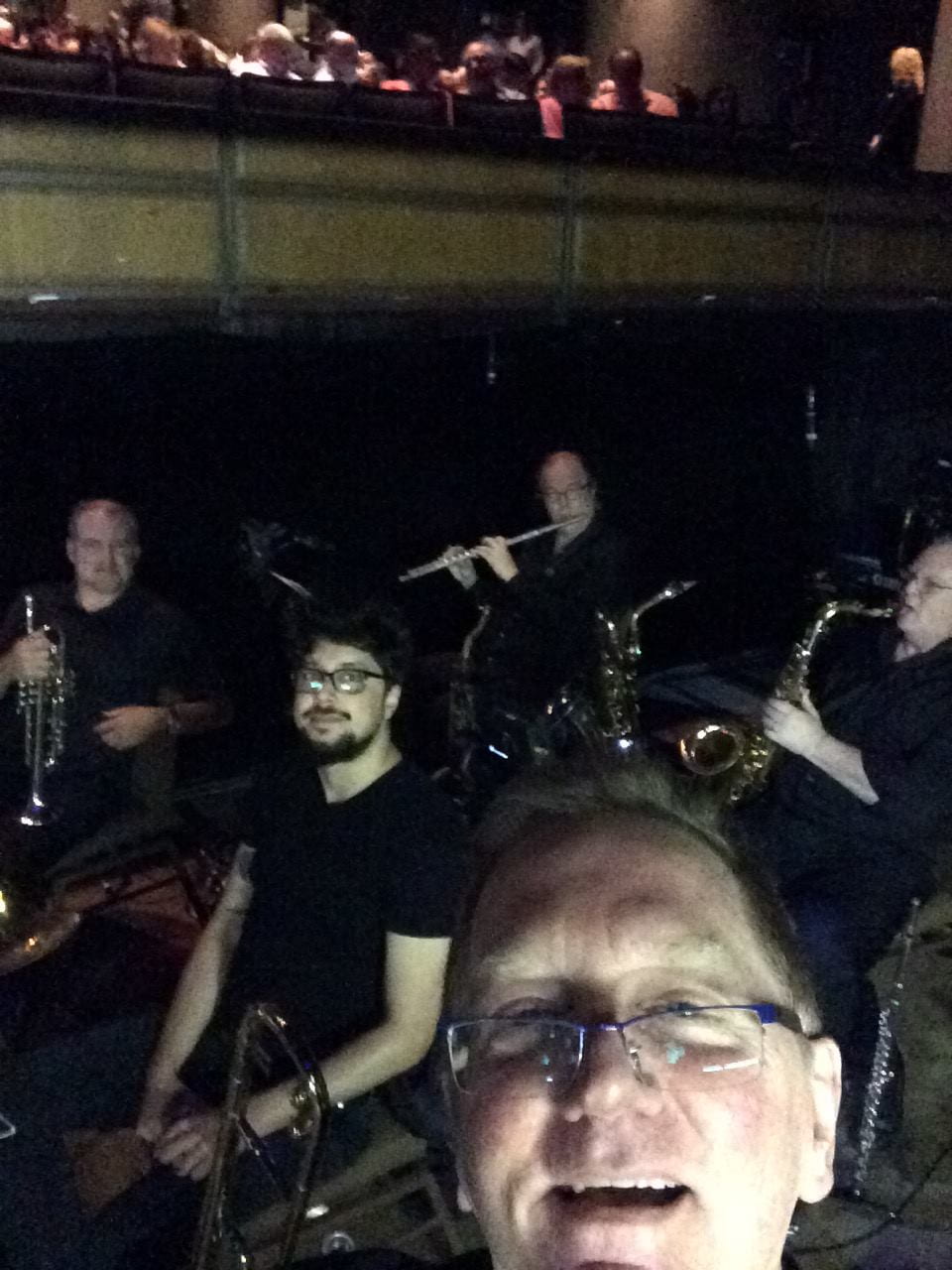 Pre show for “Beautiful: The Carol King Musical” — with Eric Johnson, Paul Deemer, John Mills and Paul Baker at Bass Concert Hall. These musicians are 1st call in every town for these road shows. A national tour can go on for 2 or more years.
Pre show for “Beautiful: The Carol King Musical” — with Eric Johnson, Paul Deemer, John Mills and Paul Baker at Bass Concert Hall. These musicians are 1st call in every town for these road shows. A national tour can go on for 2 or more years.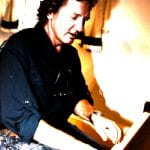
 They really have me working this time! 🙂
They really have me working this time! 🙂